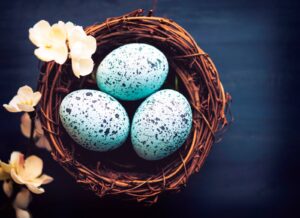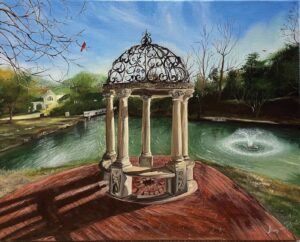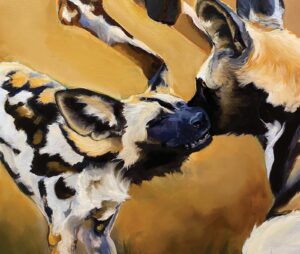It’s Nutcracker season, but what is a “Nutcracker”? Don’t ask a ballerina or you are likely to get a look of shock. The Nutcracker is to the ballet world what the Super Bowl is to professional football — a tradition. So when our publisher, Ladonna, asked me to write about the ballet, I decided to write a cheat sheet for the novice theater goer or ballet newbie.
The Nutcracker, a classic Christmas story, is a fairy tale ballet in two acts centered on the Stahlbaum family’s Christmas Eve celebration. The story centers around a young girl’s Christmas Eve and her awakening to the wider world and womanhood as her nutcracker doll transforms into her handsome prince.
History Lesson: Alexandre Dumas’s adaptation of the story by E.T.A. Hoffmann was set to music by Tchaikovsky and originally choreographed by Marius Petipa. It was commissioned by the director of Moscow’s Imperial Theatres, Ivan Vsevolozhsky, in 1891, and premiered a week before Christmas in 1892. The ballet was first performed outside Russia, in England, in 1934. The first United States performance was in 1944 by the San Francisco Ballet, staged by its artistic director and Balanchine student William Christensen. New York City Ballet first performed George Balanchine’s Nutcracker in 1954, and the ballet gained great popularity for Balanchine’s staging.
Here are 10 facts to help you learn more about this timeless ballet tradition. And, there is also ballet trivia you can also share with the people seated next to you before the curtain goes up at the performance.
- Unlike most ballets from the Romantic Period, this is not a love story.
- Uncle Drosselmeyer does not partner with the Sugar Plum Fairy; rather both characters lead the heroine Clara to meet the Nutcracker Prince.
- Who’s on pointe? Clara never dances on pointe, but the story brings plenty of dancers who do, including the Snowflakes, the Sweets, and the dancing prima, the Sugar Plum Fairy.
- What’s up with the party parents? It’s a party — many are former dancers, dancers’ parents, or ballet supporters. (The ballet always welcomes and needs new patrons.)
- Tchaikovsky’s musical score is timeless.
- The instrument played for the Sugar Plum Fairy’s solo is called a celesta, from the French word “céleste” for “heavenly.” Tschaikovsky used the newly-invented celesta to make the music for the Sugar Plum Fairy sound like the “sprays of a fountain,” as requested by the choreographer Marius Petipa.
- Yes, the Christmas tree must grow huge. George Balanchine, the famous ballet dancer, choreographer, and artistic director, was known for his staging, and he fought for money for his production’s tree.
He considered it to be the prima ballerina in the first act of the ballet. - The Pantomime Dame, Mother Ginger, is a larger-than-life pantomime character, in drag, whose petticoats hide multiple children. She is tacky and haughty, which adds comic relief to this proper ballet. The Grand Dame is the audience’s favorite character.
- The average cost of the Sugar Plum’s tutu is $500.
- The pointe shoes that the dancers wear don’t last long — sometimes for just one performance, or even part of a performance — depending on the difficulty of the ballet. A professional ballerina can dance through 100 – 120 pairs of pointe shoes in one season, at a cost of $80 – $100 each.
Now you are armed with information about the ballet. Why not put it to good use? The Aiken Civic Ballet will perform The Nutcracker on December 20, 2019, at 7 pm, and on December 21 and 22 at 2 pm, at the USCA Etherredge Center. For tickets, call the Box Office at (803) 641-3305. For more information about the Aiken Civic Ballet, visit AikenBallet.org or send an email to AikenCivicBallet@gmail.com.
























